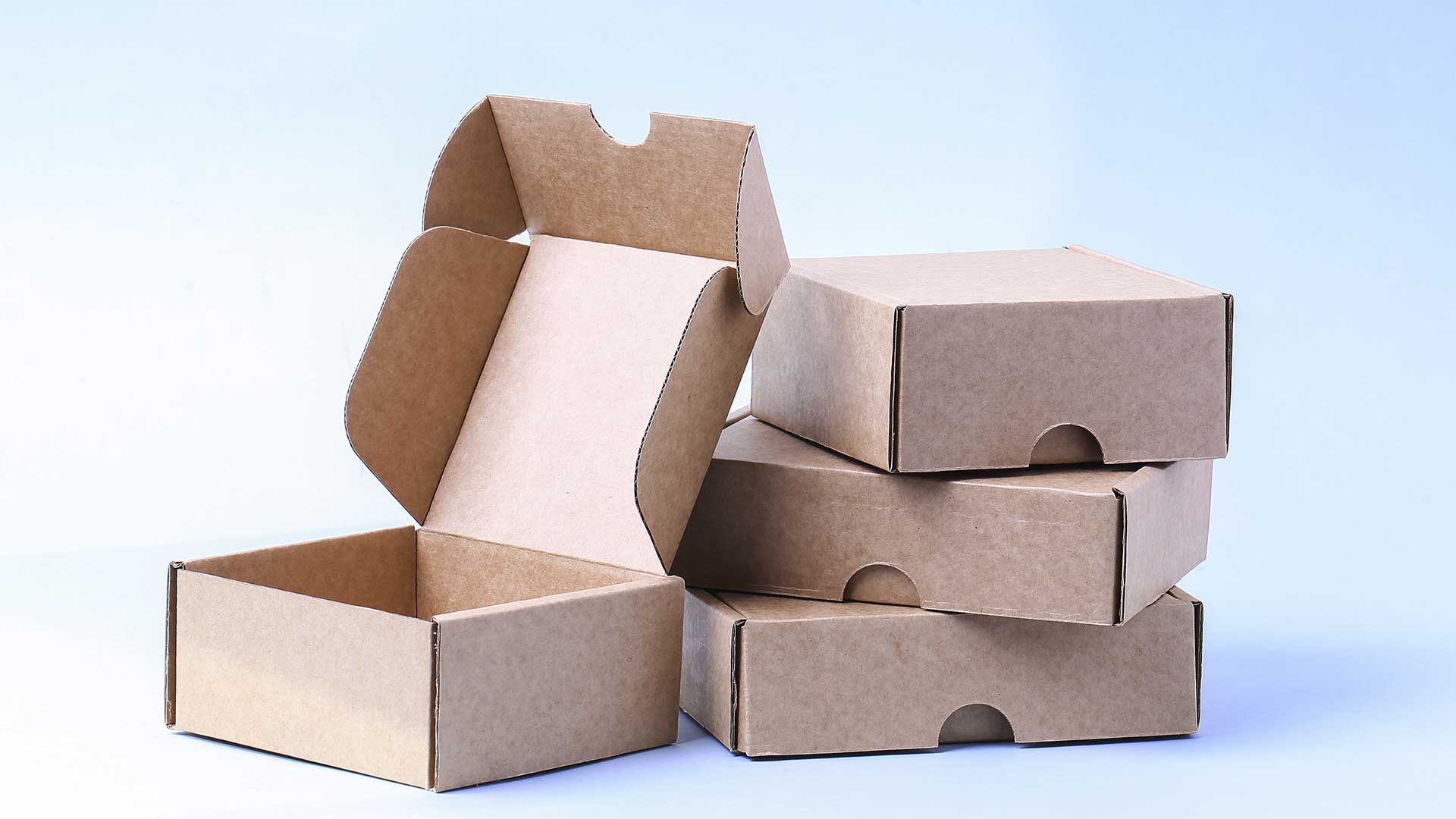ECOtwins Second Annual Meeting
26/07/2024
The UNESCO Chair in Life Cycle and Climate Change at ESCI-UPF participated in the second annual meeting of the ECOtwins project, held at the University of Copenhagen on July 18th and 19th.

In a new paper published in Heliyon Journal, researchers from the UNESCO Chair in Life Cycle and Climate Change ESCI-UPF contribute to a better understanding of the role of circularity by evaluating two indicators for two different packaging systems within the Spanish fresh food sector.
The linear economy follows the take-make-waste model, based on the presumption that resource availability and ecosystems regeneration are unlimited, and neglecting the existence of the planetary boundaries as a limiting factor. Although some studies hold the belief that the economy only transitions from linear to circular, evidence shows that our economy has always been a mix of both.
The economy’s inclination toward either circular or linear models is influenced by factors such as sellers’ profitability, business opportunities, and constraints like time, skills, labour, or resources. Faced with the challenges of linear economies and the ongoing growth of the population, the transition towards circularity is a key step for sustainable development.
While there is a common understanding of what circular economy is, there is no unified and universal definition. In the scientific literature, there is a plethora of circularity definitions and indicators and some authors have even warned about a possible collapse of the circularity concept as a whole.
In order to investigate the issue, researchers from the UNESCO Chair in Life Cycle and Climate Change ESCI-UPF Ilija Sazdovski, Dr Laura Batlle-Bayer, Dr Sahar Azarkamand, Dr Alba Bala and Dr Pere Fullana-i-Palmer supported by Dr Maria Margallo and Dr Ruben Aldaco from the University of Cantabria developed a scientific paper.
This study evaluates the circularity of two secondary packaging systems used in Spanish fresh food products: Reusable Plastic Crates (RPC) and Single-use Cardboard Boxes (CBB). A Mass Flow Analysis was performed to assess the material flows in the production and use phases of both systems and two circular indicators were applied: the Material Circularity Indicator (MCI) and the Product Circular Indicator (PCI). While most previous studies for single-use packaging use these indicators at the product level, this study applies a system approach.

Source: © 2024 The Authors. Heliyon (Elsevier)
Both indicators reveal that the RPC reusable system is more circular than the CBB system. This difference between the circularity evaluations is greater when using the PCI because this indicator covers more stages of the life cycle, takes into account the efficiency of more stages than MCI, and calculates the unrecoverable waste more comprehensively. However, there are difficulties in providing the data for the individual calculation of more lifecycle stages of the supply chain system.
The practical implementation of the indicators shows that in a circular assessment of the system, when segregated detailed data of all lifecycle stages of the system are non-existent, MCI is easier to use. Also, only Mass Flow Analysis offers a clear picture of the overall material and the virgin material used by the system under observation.
The study showed that both indicators cover the circularity of the material stock by applying the material circulation concept and the appropriate circularity strategies. Related to the product stock, PCI can be seen as an improved version of the MCI, providing more insight into the reusability of the products and components. However, PCI does not provide a significant improvement in presenting the “tightness” of the material circulation, considering the circular hierarchy of the circular strategies. Moreover, both indicators fail in the involvement of the parameters related to the resource stock in the circularity assessment.
The authors believe this might provide additional aspects of the circularity of the materials, as this will be the topic of their further research.
26/07/2024
The UNESCO Chair in Life Cycle and Climate Change at ESCI-UPF participated in the second annual meeting of the ECOtwins project, held at the University of Copenhagen on July 18th and 19th.
03/07/2024
In a new paper published in the Sustainable Production and Consumption journal, researchers from the UNESCO Chair in Life Cycle and Climate Change at ESCI-UPF contribute to calculating the true cost of different protein sources.
13/06/2024
Our researchers, Pere Fullana-i-Palmer and Ilija Sazdovski, collaborated with Harrison Tetteh, Rita Puig, and Mercè Balcells from the University of Lleida, and María Margallo and Ruben Aldaco from the University of Cantabria published a scientific research paper emphasizing the importance of extension of the shelf-life of products in Life Cycle Assessment.
Leave a message